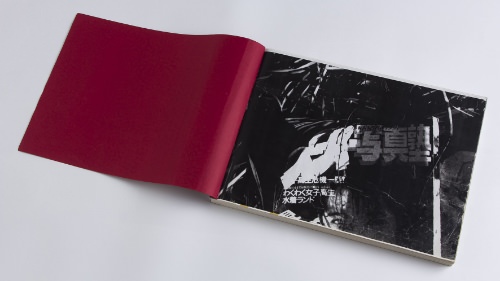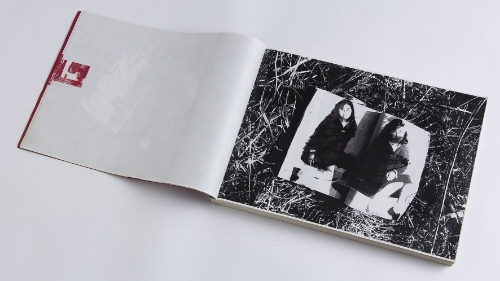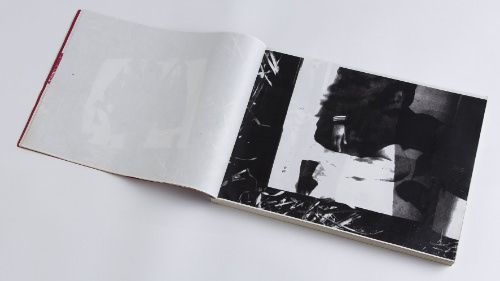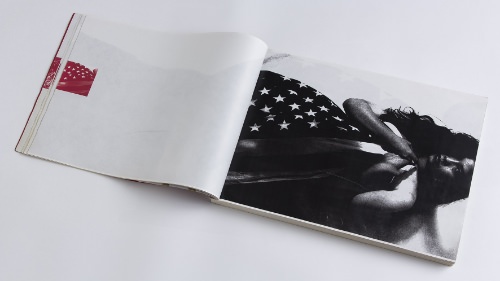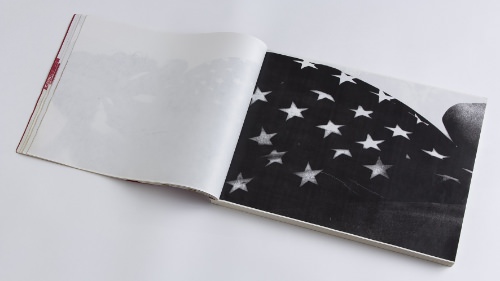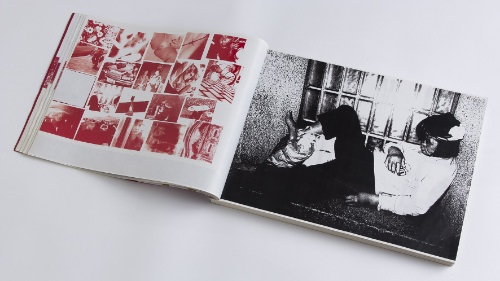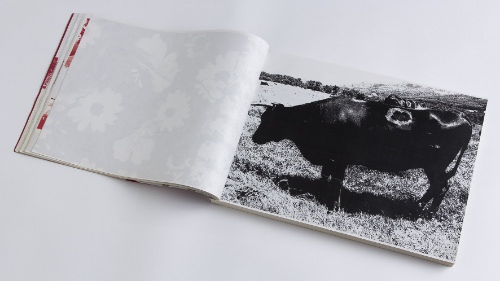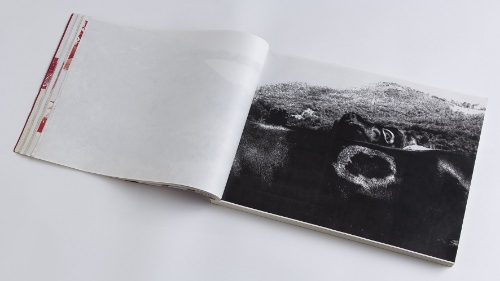Toru Ito
“ DECONSTRUCT ”
1997Special Award
ARTIST STATEMENT
DECONSTRUCT
I remember someone's remark, “Photos are precise, but cannot be truth” in a photo magazine, which I read when I was a new photographer. There is a definite gap between “reality” and “photograph.” This gap gives photographs flexibility, and it is related to a photograph's essentials. At that time, I thought I understood the meaning of the saying, but now I admit that I am still ignorant of the meaning. I am aware that it has been on my mind all the time. Now I just want to know if the gap has an influence on me, or the world around, or photography. Between “reality” and “photograph” is the act of viewing (taking a picture). For this work, I trimmed the pictures I had taken, took pictures of them again, and enlarged them. If the act of taking a picture means to cut out a part of the scene, trimming the picture means repeating the act of photographing, that is, to repeat the act of shooting (viewing) of the scene (reality). Thus the gap made in the first shot will go on expanding, and now, in front of me is a solid mass of this great gap.
Selecting judge: Daido Moriyama
He tries a very simple and basic trick, by which a single enlarged image makes the parts look magnified and gives a stronger impact on the viewer. This album shows us his will and potential to produce such a huge volume of pictures of the obscene, the scandalous, and the troublesome. Many dubious, questionable happenings in everyday life are thrust before us, and that makes this album interesting. I like his persuasiveness. Another feature to value is that although he chooses to describe what are gloomy or embarrassing, they do not look that way at all. In this album, the reality that a camera is a copying machine and a picture is a copy (I have the same opinion), is shown.
1997Special Award
